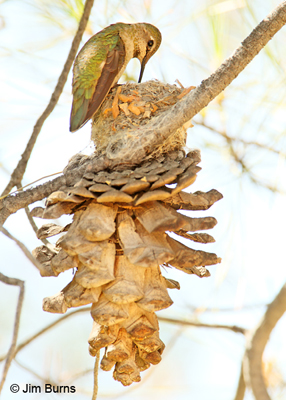Sometimes I Trip on How Happy We Could Be in a Matriarchy

Over the next hour these men sat in animated discussion, paying little attention to us as we skirted back and forth around them loading up our van for our day’s adventures. They appeared to be traveling with their families, wives and pre-teen children, in a caravan of SUVs heading west. I can tell you only two things about these men--they spoke no English and, to our growing amazement and then amusement, they did not lift a finger as their women lugged suitcases, corralled children, swept out vehicles, cleaned windshields, and packed lunches. Please note the pronoun “their” is a possessive pronoun.
I was raised by two women and rued it every day of my life until, as a young adult, I came to realize they had produced an empathetic man capable of functioning sociably with all others of his species. Deva and I have laughed about our motel experience over the course of the last two months, often contextualizing it in three vastly different milieus—the life history of hummingbirds, conservative politics in Texas, and Sharia law under the Taliban. For this column I’m going with the hummers, one of the targets of our July adventure.
In George West’s delightful little book, Do Hummingbirds Hum?, he asks and then answers all the questions you have ever had about Arizona’s tiny jeweled gems. One question West addresses is “Do both hummingbird parents take care of the nest?” The very short answer, as many birders know, is “No.” That’s actually a resounding “No.” West goes on to explain “only the female takes care of nesting duties. She constructs the nest, lays the eggs, incubates the eggs, and feeds the young until they are on their own. The only roles males play in reproduction are courtship and mating.”
Whew! These are busy little ladies. Kenn Kaufman has said it a different way—“the female hummingbird has a simple role in nesting: she does everything.” Male hummers even have a different molt schedule, beginning this energy intensive phase of their lives the moment females are fertilized, whereas the females and juveniles typically begin molt after migration has taken place. For many male hummers, however, the iridescent gorget and head feathers are the last to be replaced, just prior to breeding season as you’d suspect, insuring they are in their full feathered finery for attracting mates and defending territory.
Hummingbirds do not form pair bonds. In modern parlance, we would have to say male hummingbirds are the ultimate “players.” With no responsibilities for the feeding of nestlings or the rearing of fledglings, the males are free to expend all their energy attracting females, and one consequence is that in many species the males have evolved stunningly complex mating displays. Most southwest birders are well aware of the climb-and-dive display of our resident Anna’s males, but Ruby-throated, Black-chinned, Costa’s, and Calliope males all have similar if not as spectacular or loud displays, and the wing sound of Broad-tailed males also serves as an advertisement for females.
Male and female hummingbirds both occupy territories, but their criterion for choosing these separate areas is quite different. Males choose territories based on the abundance of food to attract females. Females choose territories based on the abundance of nest sites. If female visits to a male’s territory drop off, he will immediately move on to a different area. David Sibley says it this way—“male territories are occupied only as long as they attract females.”
If any of this sounds vaguely like another species with which we’re familiar wait, there’s more. The next time you hear a male Anna’s chipping loudly or see one in dive display, hang out and watch. If he is defending territory, you may see it end in physical combat. If he is trying to impress a female, you may see the final stages of courtship, the “shuttle” display where he puffs out the gorget feathers and darts back and forth right in the face of a perched lady. Actually, if you are a female, something like this may have happened to you at some point in your life.
Yes, hummingbirds are unique, unlike any other family of birds in so many different ways. But, there’s a punchline. There’s a price males pay for their extravagant, energy intensive lifestyle--during breeding season they may lose up to a quarter of their body weight which they must regain before migration, and research has shown that females hummers live twenty-five percent longer than males.
So, with apologies to Prince, sometimes I wonder how different our world would be if women were in charge instead of men.